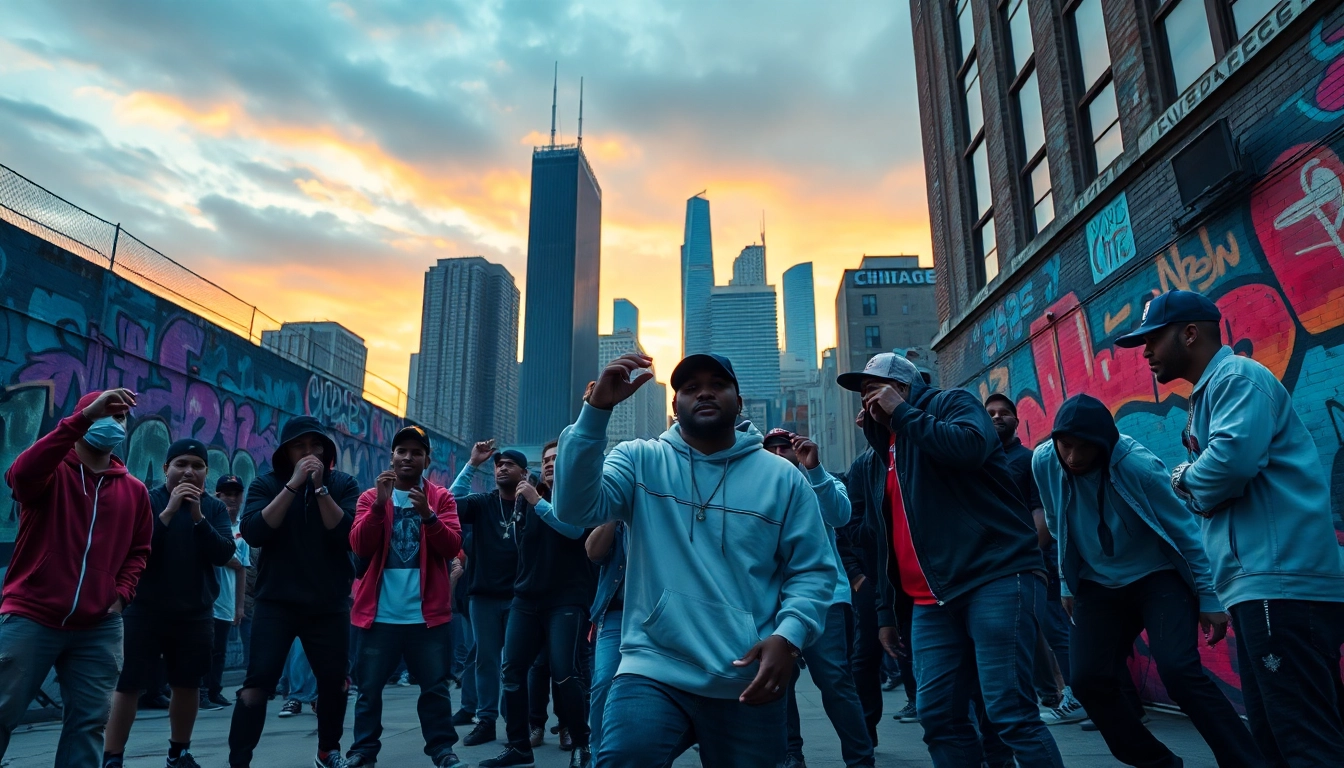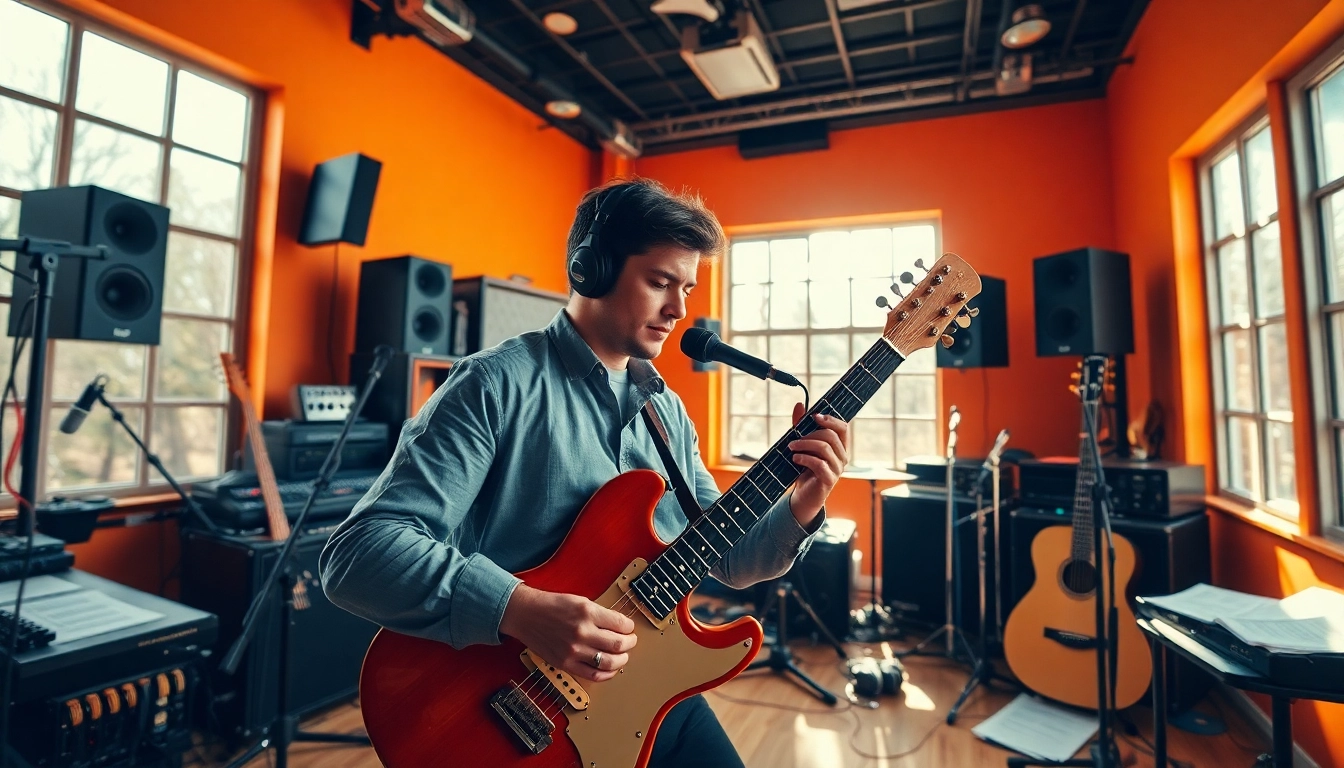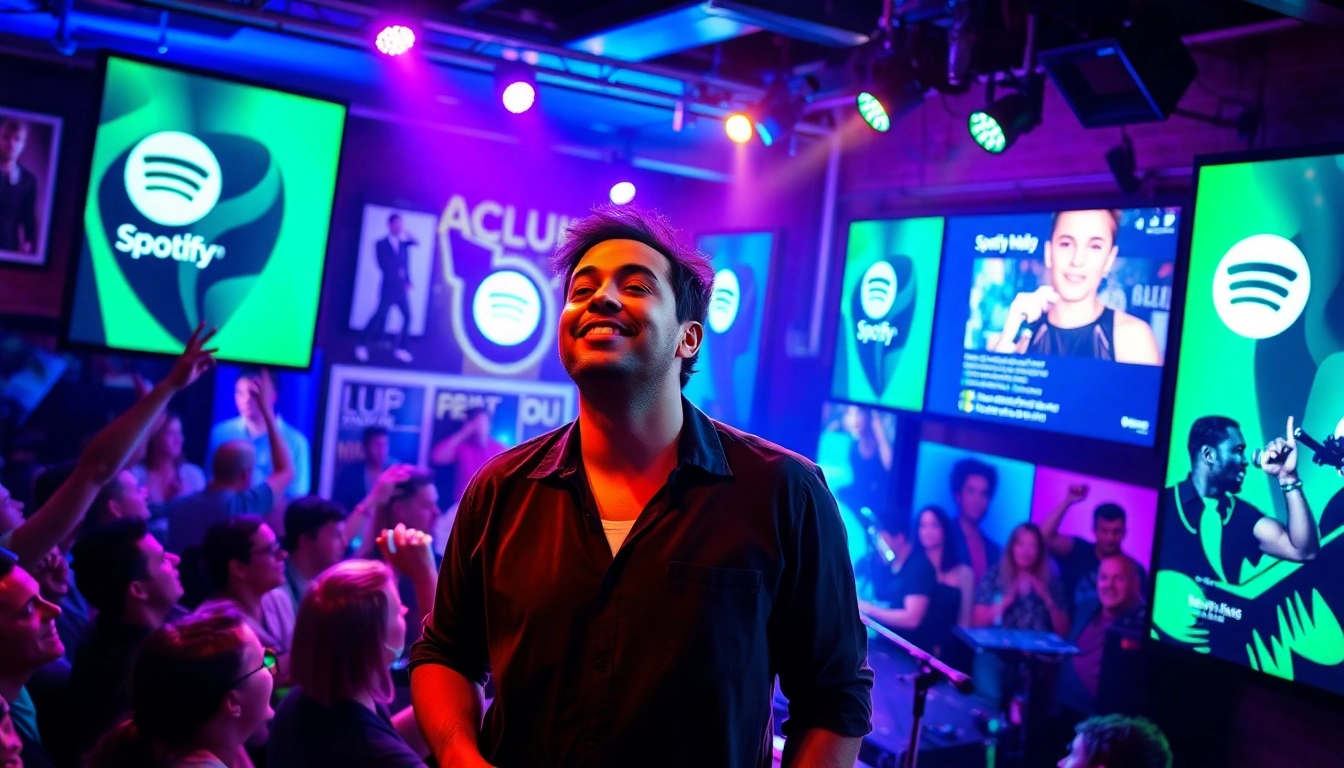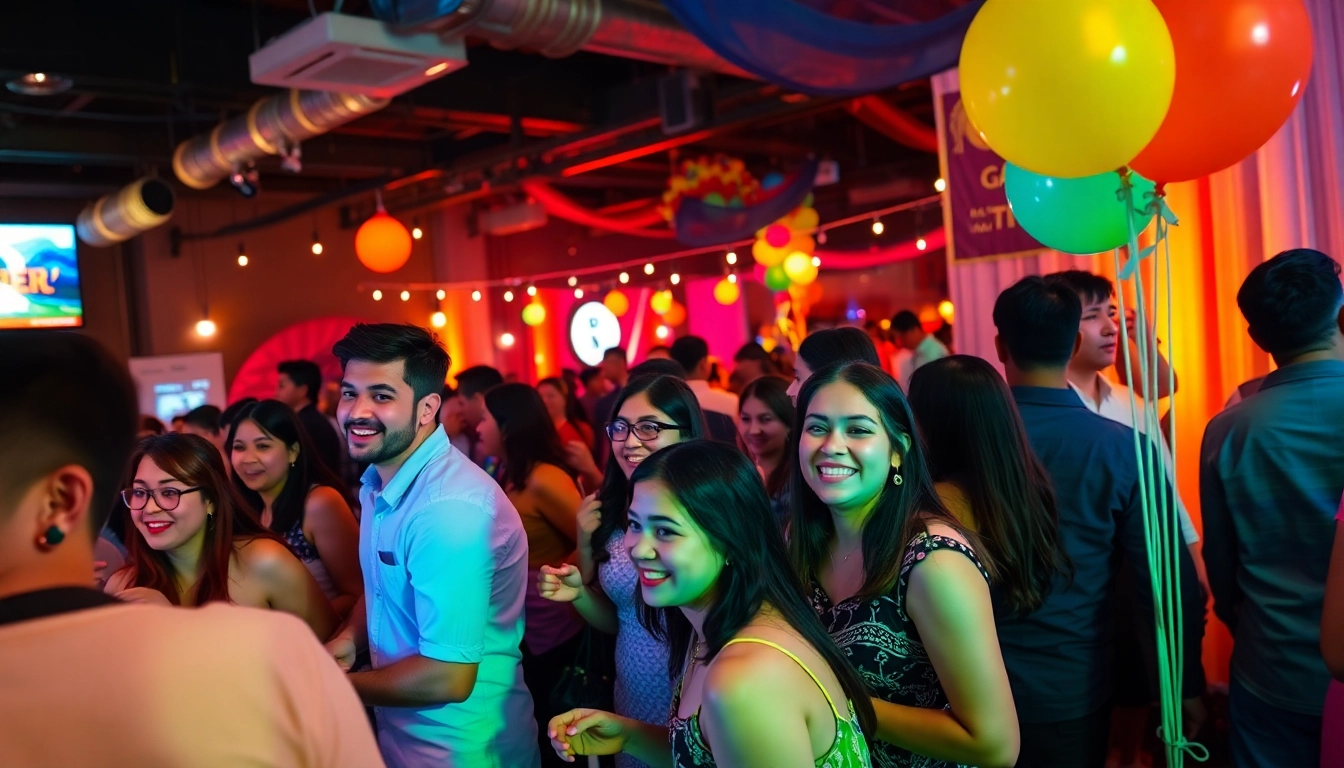The Evolution of Rap Culture in Chicago
Chicago has served as a pivotal city in the landscape of American music, particularly within the genre of rap. Known for its vibrant culture and rich history, Chicago has produced some of the most influential and innovative artists in the hip-hop industry. As one delves deeper into the nuances of rap culture in Chicago, it becomes apparent that the genre’s evolution is connected to the city’s socio-political environment, economic landscape, and the voices of its talented artists. This article aims to explore this dynamic, tracing the historical context, influential figures, and the distinct movements that characterize the rap scene in Chicago.
Historical Context and Origins
The origins of Chicago rap can be traced back to the 1980s when the city began to embrace hip-hop culture. While New York and Los Angeles were the frontrunners in establishing hip-hop as a mainstream genre, Chicago found its footing by merging various musical elements unique to its local culture. Artists began to incorporate the sounds of jazz, blues, and house music—genres deeply rooted in Chicago’s history—into their rap, resulting in a unique blend that set the stage for the rise of Chicago rap.
Furthermore, the socio-economic conditions prevalent in Chicago, particularly in the South and West sides, played a crucial role in shaping the narrative of rap music. The struggles faced by communities dealing with violence, poverty, and systemic injustices informed the lyrical content of many Chicago rappers, making their music both a reflection and critique of their lived experience.
Key Influential Artists
The landscape of Chicago rap has been greatly influenced by pioneering artists who have shaped its identity. Early figures like Common and Twista brought lyrical depth and storytelling to the forefront, helping to establish Chicago as a serious player in the hip-hop realm. Common’s introspective style and socially conscious lyrics contrasted sharply with the more mainstream sounds of West Coast gangsta rap, positioning him as a leading voice advocating for change.
In the late 1990s and early 2000s, artists like Kanye West emerged, further altering the course of Chicago rap. West’s production style, characterized by its sampling of soul music, redefined the genre and contributed to a new wave of artists trying to break through nationally. He played a significant role in expanding the musical palette of Chicago rap, encouraging a fusion of genres that would appeal to a broader audience.
More recently, the emergence of artists like Chance the Rapper and Vic Mensa has showcased a new generation of Chicago rappers who blend the traditional influences of their predecessors with modern themes and sounds. Their success exemplifies how Chicago rap has evolved while staying grounded in its roots.
Major Movements and Subgenres
Chicago rap is not one-dimensional; it has given rise to various movements and subgenres that reflect the city’s diverse musical landscape. One of the most notable movements is the rise of Drill music, originating in the early 2010s. This subgenre is characterized by its grim lyrics and dark, aggressive beats, often depicting the harsh realities of life in Chicago’s neighborhoods.
Artists such as Chief Keef, Lil Durk, and G Herbo have become synonymous with the Drill movement, each bringing their unique style to the genre. Their music often addresses issues such as gang violence, street life, and personal struggles, resonating with a youth demographic that can relate to their experiences.
Moreover, the impact of the Drill scene goes beyond music; it has sparked conversations around gun violence and social justice, exposing the systemic issues within Chicago and prompting discussions about community engagement and reform.
The Impact of Chicago’s Drill Scene
Understanding Drill Music and Its Significance
Drill music is a subgenre of hip-hop that emerged around 2010, primarily from the South Side of Chicago. Characterized by its dark, aggressive beats and explicit lyrics, Drill was both a musical response and a mirror to the violence and gang culture pervasive in parts of the city. Its raw authenticity draws from lived experiences, with artists addressing the realities of their environment in a way that is both unfiltered and confrontational.
The significance of Drill music cannot be understated. It has brought global attention to Chicago’s specific social issues, influencing artists worldwide. Drill’s sound and style have permeated into various genres, making it a notable subculture in contemporary hip-hop.
Top Drill Artists and Their Influence
Chief Keef is perhaps the most prominent figure in the Drill scene. After the massive success of his breakthrough track “I Don’t Like,” he became a household name and inspired a wave of artists eager to adopt Drill’s signature sound. Keef’s influence extends beyond just his music; he helped to define a cultural movement that encouraged a raw and unadulterated expression of life in Chicago.
Additionally, artists like Lil Durk and Polo G have made significant contributions to expanding the Drill sound. Their unique styles incorporate elements from R&B and pop, showcasing versatility while remaining grounded in the themes central to Drill. The wide appeal of these artists has opened doors for numerous collaborations and highlighted the potential for artists from Chicago to thrive on a larger stage.
The Controversial Aspects of Drill Culture
While Drill music has gained notoriety, it has also faced substantial criticism. Critics argue that the explicit lyrics glamorize violence, potentially inciting further conflict. This line of reasoning has led to discussions about the responsibilities of artists in representing their communities and the effects of media portrayal on public perception.
Moreover, the legal implications surrounding Drill artists have been alarming. Several artists have faced legal battles related to their lyrics, leading to questions about freedom of expression and the potential consequences of art that reflects life on the streets. This ongoing dialogue highlights a critical tension in the world of hip-hop—how to engage with the realities of violence while simultaneously advocating for peace and change.
Chicago’s Contribution to Hip-Hop Style
The Unique Sound of Chicago Rap
Chicago rap is characterized by its eclectic sound that pulls from various musical influences. The blend of hip-hop, jazz, blues, and soul creates a distinct sonic landscape that sets Chicago apart from other cities. Producers like Kanye West have influenced the production quality of Chicago rap, incorporating intricate samples that pay homage to the city’s musical legacy.
Moreover, the success of artists in animated and vibrant pockets of the city’s neighborhoods showcases the local talent and uniqueness that permeates Chicago rap. Each artist brings personal influences, resulting in a melting pot of styles that captures the essence of the city.
Fashion and Aesthetic Trends
Beyond music, Chicago rap has influenced hip-hop fashion and aesthetics significantly. The styles exhibited by Chicago artists often reflect their environment and life experiences, showcasing an authenticity that is rare in the industry. Urban fashion—characterized by streetwear brands, athletic gear, and distinctive accessories—has become a staple in the visual representation of Chicago rap culture.
Notable figures like Chance the Rapper have blurred the lines between fashion and music, using their public persona and music as platforms to redefine trends. This fusion has allowed artists to express their identities while shaping community narratives.
How Local Artists Shape National Trends
Chicago rappers do not only reflect trends but actively shape them. The Drill movement, for example, has influenced both the sound and style of hip-hop nationally and internationally. Elements of Drill can be found in tracks across the United States, showcasing how localized sounds can transition into mainstream music.
Additionally, the collaborative spirit of Chicago rap encourages artists to work together, helping to foster a community that supports innovation and diversifies the genre. This interconnectedness allows Chicago artists to exert influence on the global stage while remaining true to their roots.
Rap Culture and Community Engagement
Grassroots Movements and Initiatives
In response to ongoing violence and social issues, many Chicago rappers have turned their focus outward, engaging with their communities through grassroots initiatives. Programs that combine artistic expression and activism are helping to instill change and inspire youth. Artists often lead workshops, mentor aspiring musicians, and participate in community service efforts, thereby redefining their roles as influencers.
These initiatives not only create pathways for youth to communicate their narratives through art but also foster a sense of agency within the community. By addressing social issues such as gun violence, education, and poverty, these artists utilize their platform to push for systemic change.
The Role of Community Centers
Community centers in Chicago play a vital role in fostering creativity and providing resources for young artists. Spaces like the Chicago Hip Hop Heritage Museum celebrate the city’s hip-hop legacy while offering workshops, forums, and music programs that encourage artistic expression.
These centers act as incubators for local talent, allowing aspiring artists to develop their skills in an inclusive environment. They offer a stage for showcasing diverse voices and hold events that connect community members, further strengthening local ties.
Collaborations Between Artists and Organizations
Partnerships between artists and nonprofit organizations have been instrumental in cultivating a constructive dialogue about the challenges facing Chicago communities. These collaborations often focus on issues such as youth mentorship, violence prevention, and access to education. By marrying the influence of music with advocacy, these alliances aim to create sustainable change.
Moreover, artists leverage their musical platforms to bring attention to issues, launching campaigns that encourage community engagement and support. Efforts in combining art and activism resonate both locally and nationally, creating a model for how music can generate positive impact.
The Future of Rap Culture in Chicago
Emerging Artists to Watch
The future of Chicago rap remains bright as a new generation of artists continues to emerge. Artists like Saba, Noname, and Rico Nasty are carving their unique paths while incorporating social commentary and personal experiences into their music. Their innovative sounds, combined with a strong emphasis on lyricism, suggest a resurgence of introspective rap grounded in storytelling.
By blending diverse musical influences and using digital platforms to reach global audiences, these emerging voices are set to redefine what it means to be a Chicago rapper in the 21st century.
The Role of Technology and Social Media
Technology and social media have transformed the landscape of the music industry and the way artists connect with their audiences. Platforms like Instagram, TikTok, and Spotify have provided Chicago rappers opportunities to showcase their talent without needing traditional industry support. The viral nature of these platforms enables emerging artists to gain visibility, share their stories, and have their music distributed widely.
Additionally, social media activism encourages artists to engage with their audiences meaningfully. By sharing personal stories alongside their music, they create connections that go beyond entertainment, fostering communities that amplify their messages.
Predicting Trends and Evolutions
As Chicago rap continues to evolve, one can expect a blending of genres to become even more pronounced. The rise of alternative rap styles, such as emo rap and punk rap, showcases this ongoing evolution. Future trends may also emphasize greater collaboration across genres, leading to greater experimentation in sound and style.
Moreover, with the spotlight on social issues, artists will likely continue to use their platforms for activism, balancing artistry and advocacy. As Chicago’s rap culture adapts to societal changes, it remains a vital epicenter of creativity, expression, and community engagement. The future generation of Chicago rappers has the potential to not only redefine the genre but also influence broader conversations around culture, identity, and social justice.



